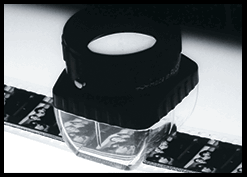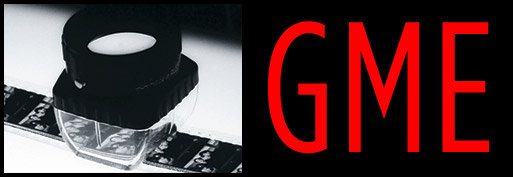Warren Sonbert Films to Play at Glasgow International – Divided Loyalties Accompanied by Live Score, April 23
/Gartenberg Media Enterprises is proud to announce Warren Sonbert screenings to take place at the 2016 Glasgow International, a biennial festival of contemporary art. HALL OF MIRRORS (1966) will be shown together with his silent film DIVIDED LOYALTIES (1978) that will be accompanied by a live score, performed by Luke Fowler and Richard McMaster. The event will take place April 23.
Warren Sonbert with his Bolex camera.
From the Glasgow International Website:
"In a special 16mm screening Luke Fowler and Richard McMaster will be performing a live mix in quadrophonic sound to score Warren Sonbert’s silent film Divided Loyalties. This performance of an original sound composition to accompany Sonbert’s silent film is made possible with the special permission of The Estate of Warren Sonbert. The performance will be accompanied by a screening of the Sonbert short Hall of Mirrors with its original sound.
Sonbert built upon his early experiments in camera movement, lighting, and framing to create brilliantly edited masterworks that encompass not only his New York milieu, but also the larger sphere of human activity. In these films he commented upon such contemporary issues as art and industry, news reportage and its effect on our lives, and the interrelationship between the creative arts. His late works culminated in symphonic montages (both silent and sound) that unite universal human gestures into singular works of moving image artistry."
DIVIDED LOYALTIES (1978)
For further inquiries about Warren Sonbert’s films, please see:
GME Programming & Curating: Warren Sonbert Retrospective
All Photographs, © The Estate of Warren Sonbert





















